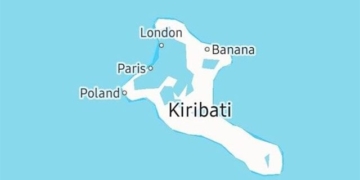Before the invention of wristwatches and desk clocks, ancient people used natural methods to track celestial events along with the sundial they made themselves to tell time.
The simplest method involved sticking a stick into the ground and observing its shadow (as the Sun “moves,” which is actually the rotation of the Earth) to estimate the time based on where the shadow fell.
A more complex method used a gnomon to cast a shadow onto a stone plate marked with divisions, helping people know the exact time.
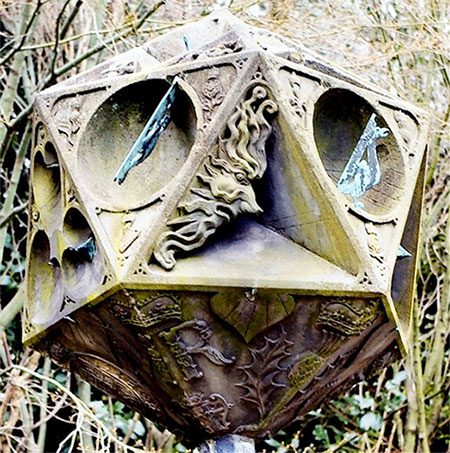
Queen Mary Sundial at Holyrood Palace, Scotland.
As early as 1500 BC, the first sundial in Egypt was a flat limestone slab engraved with a hemispherical shape, divided into 12 parts, spaced 15 degrees apart, with an L-shaped bar attached at the base to cast shadows hourly.
In addition to this practical sundial, the Bible also recorded the sundial of Ahaz 2,700 years ago, indicating sacred moments.
By the first century, sundials had been improved by aligning the gnomon parallel to the Earth’s axis so that when the Sun moved from East to West, a clear and accurate shadow would appear.
Today, various types of sundials have been created, featuring not just one gnomon but multiple ones, indicating local time, regional time, and even international time. By constructing monuments that serve both as decorative works and convenient time-measuring devices, sundials—especially multi-faceted and multi-gnomon ones—are found everywhere.
The largest sundial to date is located in Jaipur, India, built from stone in 1724, covering an area of 4 hectares with a gnomon towering over 30 meters.
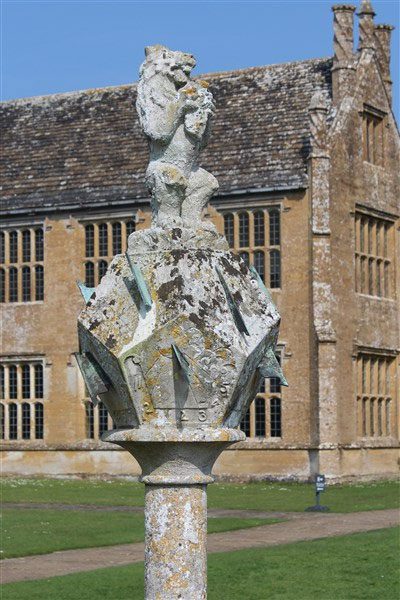
Barrington Court Sundial, Somerset, England.
England, particularly Scotland, is home to many sundials, most of which are multi-faceted. Primarily built in the 17th and 18th centuries, they have inspired inventors to create pocket and wristwatches. There are two types of sundials here: the obelisk tower form and the lectern style found in churches.
During this period, the populace had a strong affinity for science and mathematics, leading many households to construct sundials. In Scotland, sundials can be seen everywhere, including tall tower forms that create a unique beauty.
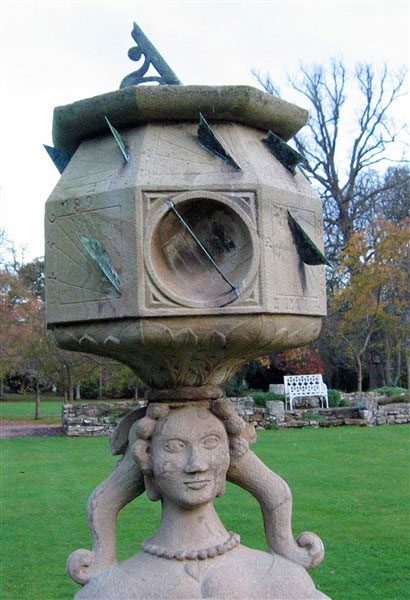
Lennoxlove Sundial, Scotland.
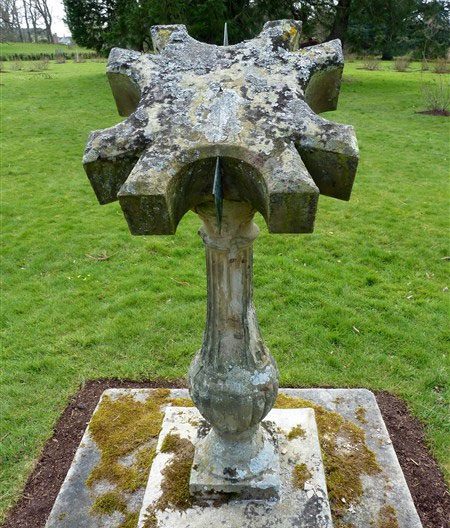
Sundial at Dumfries House, Scotland.
Each sundial embodies knowledge, success, and wealth, closely tied to the luxurious lifestyles of the nobility. To demonstrate their erudition and affluence, people often created multi-faced sundials with many gnomons. Notably, the sundial at Glamis Castle in Scotland features as many as 84 gnomons.
For many Scots, sundials also symbolize integrity and transparency. They often say: “Live like a sundial, counting only the sunny hours each day.”
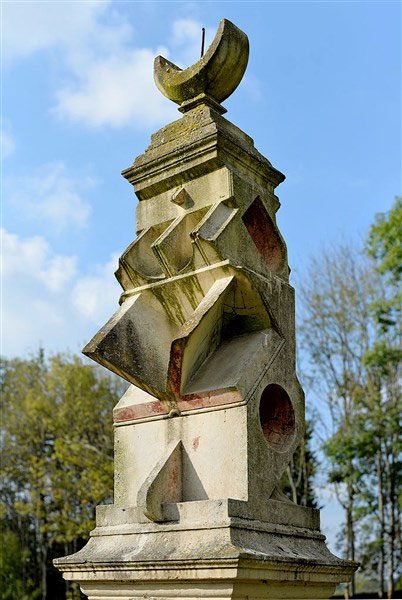
Sundial at Groirie, Yvre-l’Eveque, France.
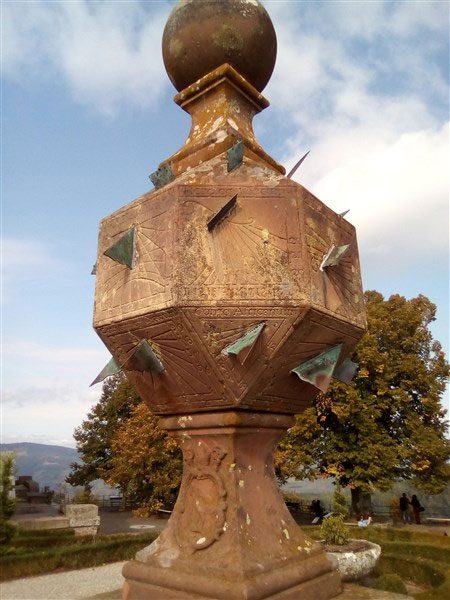
Sundial at Mont Sainte-Odile Abbey, France.
Additionally, France and Germany are two countries with many beautiful sundials, having preserved numerous ancient sundials from the 15th and 16th centuries. These are multi-faceted gnomons designed to capture sunlight from various angles and times, reflecting upon each other to create many wondrous shapes.





















































